The Islands of Tahiti, including Bora Bora, Moorea, and the Tuamotu atolls, offer a breathtaking paradise in the heart of the South Pacific. Whether you seek luxury resorts, pristine beaches, or cultural experiences, choosing the best time to visit Tahiti depends on your travel preferences.
French Polynesia is a breathtaking French overseas territory made up of five stunning archipelagos. Spanning an area as vast as Europe, this tropical paradise offers travelers an unforgettable experience with its year-round warm climate, crystal-clear waters, and gentle trade winds. Perfect for those looking to explore, relax, or indulge in water activities, The Islands of Tahiti offer an ideal escape in the South Pacific.
The climate is tropical, with two distinct seasons : The dry season, from May to October, is offering sunny days, lower humidity, and light breezes. The wet season, from November to April, brings tropical showers and higher humidity, which nourishes the lush landscapes. While temperatures can vary slightly across the different archipelagos, they remain mild and comfortable year-round, ranging from 20°C to 30°C.
Daily average temperatures & sun exposures by month
| Jan | Feb | Mar | Apr | May | Jun | Jul | Aug | Sep | Oct | Nov | Dec | |
|---|---|---|---|---|---|---|---|---|---|---|---|---|
| Max temp | 31°C | 31°C | 32°C | 32°C | 31°C | 30°C | 29°C | 29°C | 30°C | 30°C | 31°C | 31°C |
| Min Temp | 24°C | 24°C | 25°C | 24°C | 23°C | 22°C | 22°C | 22°C | 22°C | 23°C | 24°C | 24°C |
| Hours of sun per day | 7 | 7 | 8 | 8 | 8 | 8 | 8 | 8 | 8 | 8 | 7 | 7 |
| Water temp | 29°C | 29°C | 29°C | 29°C | 28°C | 28°C | 27°C | 27°C | 27°C | 27°C | 28°C | 28°C |
When is the best time to visit The Islands of Tahiti?
Schedule Your Trip in Winter
Europe’s winter season aligns with summer in Tahiti, making it the perfect time for a tropical getaway. From November to April, Tahiti experiences its warmest months, with temperatures ranging from 77°F to 95°F (25°C to 35°C). This is the ideal season for travelers seeking warm weather. However, it is also the rainy season, which brings lush green landscapes and occasional tropical showers, particularly in December, January, and February. These rain showers are typically brief, followed by clear skies and plenty of sunshine, offering a balance between refreshing rainfall and perfect conditions for outdoor activitie
Why Visit During This Time?
- Best for nature lovers: The abundant rainfall nourishes the vibrant flora, making it the best time of year for scenic hikes and waterfall excursions.
- Less crowded: While many travelers prefer the dry season, this period sees fewer crowds at popular resorts and beaches.
- Perfect for marine life encounters: Warm waters bring an increase in manta rays and other exotic marine species.
- Ideal for budget travelers: Lower accommodation prices and flight deals make it an excellent season for a more affordable trip.
Schedule Your Trip in Summer
Tahitian winter, which occurs from May to October, is the dry season and coincides with summer in Europe. During this period, temperatures are cooler, ranging from 70°F to 80°F (21°C to 27°C), and humidity levels are lower. If you’re looking for ideal weather conditions, this is the best season to experience the islands’ natural beauty and enjoy outdoor activities.
With its mild temperatures and minimal rainfall, the dry season is perfect for exploring Tahiti’s pristine beaches, crystal-clear lagoons, and scenic hiking trails. Whether you’re diving, snorkeling, or simply soaking in the sun, the comfortable weather allows you to fully enjoy the tropical paradise.
Why Visit During This Time?
- Best time for beach vacations: Enjoy crystal-clear waters and sun-soaked days on the islands of Tahiti, Bora Bora, and Moorea.
- Great for outdoor activities: The cooler, drier climate makes it perfect for hiking, snorkeling, and exploring Polynesia’s breathtaking landscapes.
- High season: From June to September, resorts and hotels are in high demand, particularly in July and August, which coincide with European and North American summer vacations.
- Best for festivals and events: Experience Heiva i Tahiti, a famous Polynesian cultural festival, in July
Best Activities According to Each Season
Winter Activities (November – April)

Surfing: This season brings some of the best waves, especially in Teahupo’o, known worldwide for its legendary reef break. Whether you’re an experienced surfer or just a spectator, the powerful waves provide an incredible show.
Scuba Diving & Snorkeling: The warm waters of the South Pacific attract manta rays, sharks, and a variety of vibrant marine life. Diving spots like Rangiroa and Fakarava offer breathtaking underwater experiences with crystal-clear visibility.
Waterfall Chasing & Rainforest Hiking: Thanks to the rains, waterfalls reach their peak beauty, creating magical cascades in lush jungle settings.
Cultural Experiences: Immerse yourself in Polynesian traditions by visiting local markets where you can taste exotic fruits, see artisans at work, and enjoy live Tahitian music and dance performances. Traditional events and ceremonies provide an authentic glimpse into island life, like the tahitian dance contest Hura Tapairu.
Summer Activities (May – October)
Lagoon Excursions: Explore the calm, crystal-clear waters of Bora Bora and Moorea with guided boat tours, paddleboarding, or glass-bottom kayaks. Spot colorful fish, stingrays, and even friendly reef sharks.
Whale Watching: From August to November, humpback whales migrate to the warm waters of French Polynesia to give birth. Take a guided tour to witness these majestic creatures up close in their natural habitat.
Hiking & Outdoor Adventures: With cooler, drier weather, it’s the best time for exploring Tahiti’s mountains and valleys. Trails like the Aorai Mountain trek and the Three Waterfalls Hike in Tahiti provide stunning panoramic views.
Relaxing on the Beach: Enjoy world-famous white-sand beaches in the Society Islands, such as Matira Beach in Bora Bora and Temae Beach in Moorea. These locations are perfect for sunbathing, swimming, and unwinding in a tropical paradise.

Best Time to Visit Each Archipelago
Society Islands (Tahiti, Moorea, Bora Bora…)
Ideal time to visit: May to October (dry season)
Top activities: Diving, relaxing on the beach, hiking, surfing, lagoon cruises, cultural experiences
From May to October, the weather is drier with pleasant temperatures around 26–28°C (79–82°F), making it the perfect time to explore islands like Tahiti, Moorea, and Bora Bora. This is also the high season for tourism—especially popular for honeymoons and dreamy lagoon cruises.
Don’t miss:
- Heiva i Tahiti in July – a must-see celebration of Polynesian culture
- Whale watching season from July to November
Tuamotu Islands (Rangiroa, Fakarava…)
Ideal time to visit: April to November
Top activities: Scuba diving, snorkeling, relaxing in local guesthouses
The Tuamotu Islands are a true paradise for diving enthusiasts. From April to November, water visibility is excellent and conditions are perfect for spotting sharks, manta rays, and vibrant schools of fish in legendary passes like Tiputa (Rangiroa) and Garuae (Fakarava).
Don’t miss:
- The grouper spawning event in Fakarava (June)
- The remote, untouched atolls — ideal for a pure nature retreat
Marquesas Islands (Nuku Hiva, Hiva Oa…)
Ideal time to visit: September to December
Top activities: Hiking, Marquesan culture, archaeology, traditional crafts
The Marquesas Islands, more remote and rugged, have a slightly different climate. From September to December, the weather is drier and the landscapes lush — perfect for hiking and exploring ancient archaeological sites.
Don’t miss:
- The Marquesas Arts Festival (Matavaa), held every four years in December
- The dramatic cliffs of Nuku Hiva, best experienced on a guided excursion
Austral Islands (Rurutu, Tubuai…)
Ideal time to visit: July to October
Top activities: Whale watching, hiking, traditional crafts
Lesser known and off the beaten path, the Australes Islands are perfect for travelers seeking authenticity. From July to October, humpback whales can be spotted in the wild, unspoiled surroundings. In early January, the people of Rurutu celebrate the new year with Tere A’ati, a festive island tour where local legends and stories are shared.
Don’t miss:
- Whale encounters and cave exploration in Rurutu
- The volcanic landscapes of Tubuai
Gambier Islands (Mangareva…)
Ideal time to visit: March to October
Top activities: Religious heritage, pearl farming, traditional crafts
Located in the southeast, the Gambier Islands enjoy a cooler, milder climate. From March to October, the weather is dry and pleasant. These islands are rich in religious history and are also renowned for their pearl farms and skilled artisans.
Don’t miss:
- A visit to a local pearl farm to learn about the art of black pearl cultivation
- A visit to St. Michael’s Cathedral in Rikitea
Practical Information
When Is the High Season?
The high season in Tahiti is from June to September, aligning with the dry season. During these months, visitors flock to the islands to enjoy the best weather. Expect higher prices for flights and accommodations, especially in luxury
When Is It Cheaper?
For budget-friendly travel, the low season runs from November to April, when the weather is warmer and rain showers are more frequent. However, this is still a great time to visit, as you’ll find lower hotel rates, fewer crowds, and plenty of sunny days in between showers.
No matter the time of year you choose to visit French Polynesia, you’ll experience paradise in the South Pacific. Whether you seek the sunny dry season or the lush tropical rainy season, The Islands of Tahiti welcomes travelers year-round with open arms. Plan your perfect trip, whether it’s a romantic getaway in Bora Bora, an adventure in Moorea, or a cultural experience in Tahiti. Book your trip with one of our certified Tahiti Specialist and get ready for the trip of a lifetime!
Current offers
Indulge yourself
Let yourself be seduced by our stay offers where you will discover French Polynesia through its inhabitants, its wild nature, priceless way of life, and its islands with turquoise waters. Enjoy a privileged place!

14 days
Silversea Society Islands, Tuamotus and Marquesas Cruise
Bora Bora, Fakarava, Marquesas Islands, Moorea, Other Tuamotu Islands, Raiatea, Rangiroa, Tahiti

16 days
Paul Gauguin: Society Islands & the Tuamotus Fly, Stay, Cruise Package
Bora Bora, Fakarava, Huahine, Moorea, Raiatea, Rangiroa, Tahaa, Tahiti

11 days
Seabourn: Bora Bora & Tahitian Explorer
Bora Bora, Fakarava, Huahine, Moorea, Raiatea, Rangiroa, Tahiti


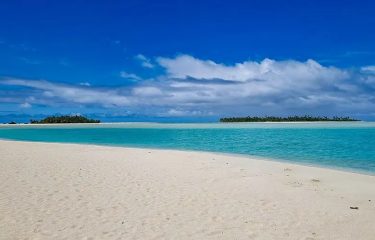

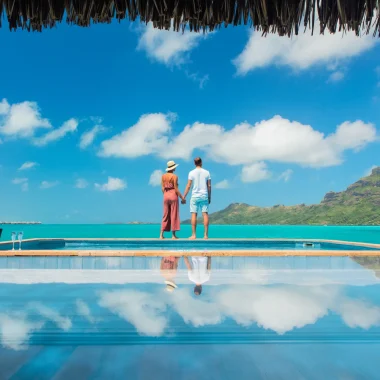


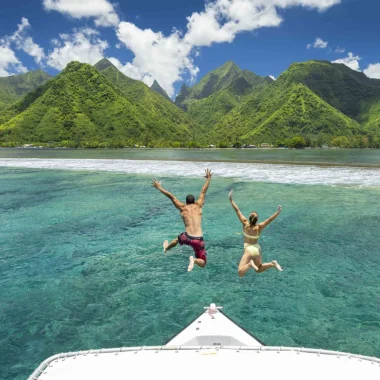

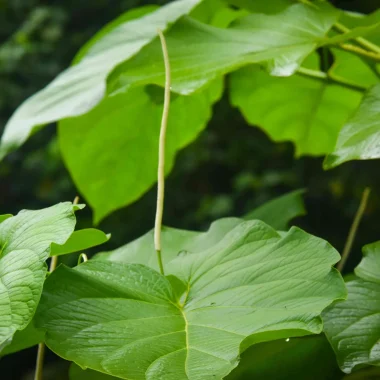
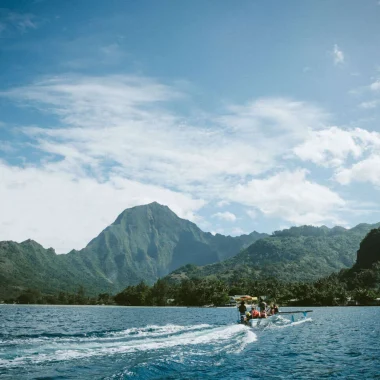
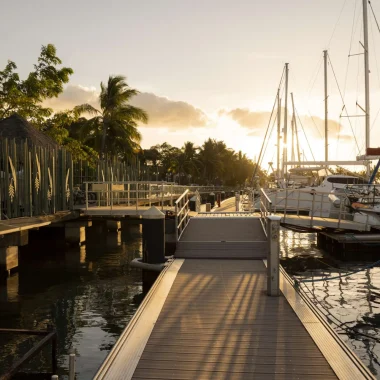
 Australia
Australia
 Belgique
Belgique
 Brasil
Brasil
 Canada (EN)
Canada (EN)
 Canada (FR)
Canada (FR)
 Chile
Chile
 Deutschland
Deutschland
 España
España
 France
France
 Italia
Italia
 Mexico
Mexico
 Polynésie française
Polynésie française
 New Zealand
New Zealand
 Schweizerisch (DE)
Schweizerisch (DE)
 Suisse (FR)
Suisse (FR)
 United Kingdom
United Kingdom
 United States
United States
 한국
한국
 中国
中国
 日本
日本